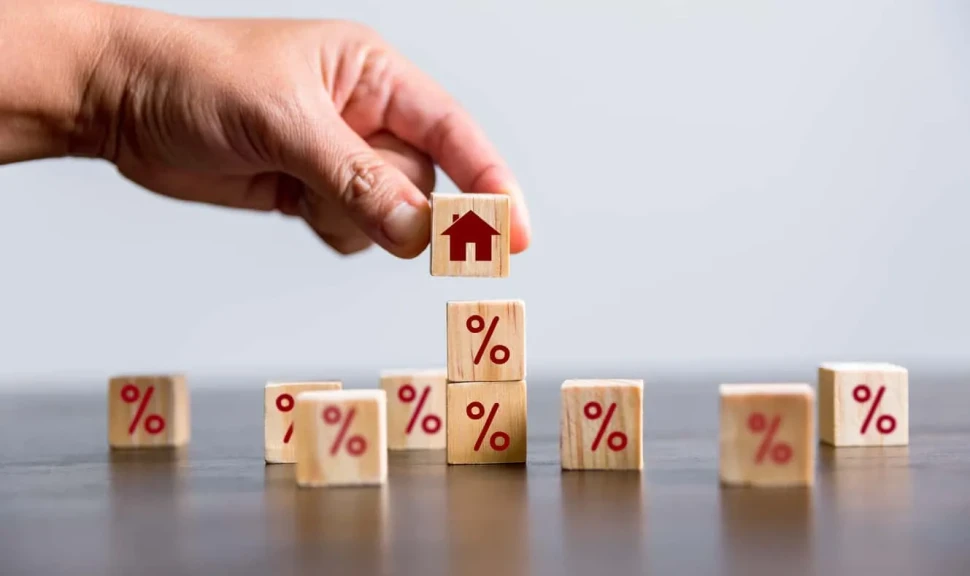Property Mortgage Rates by Country

Property mortgage rates vary significantly across the globe, reflecting differences in economic conditions, inflation levels, central bank policies, and local housing market dynamics. For buyers, investors, and homeowners, understanding mortgage rate trends by country is essential for making informed financial decisions. While some nations enjoy historically low interest rates that encourage borrowing, others face higher costs of financing property due to economic volatility or inflationary pressures.
Factors Influencing Mortgage Rates
Mortgage rates are shaped by several core factors. The most important include:
-
Central Bank Policy: National banks, such as the U.S. Federal Reserve or the European Central Bank, set benchmark interest rates that directly affect mortgage costs.
-
Inflation: Countries with stable, low inflation usually offer lower mortgage rates compared to those with high inflation.
-
Currency Stability: Nations with strong and stable currencies typically have more favorable borrowing conditions.
-
Housing Demand: High demand in urban centers often drives competition among lenders, sometimes lowering rates.
Mortgage Rates in North America
In the United States, the average 30-year fixed mortgage rate in 2025 remains between 6% and 7%, influenced by the Federal Reserve’s battle against inflation. In Canada, rates are slightly lower, averaging around 5.5% to 6%, but Canadian borrowers often prefer shorter-term, renewable fixed rates rather than long-term fixed mortgages.
Mortgage Rates in Europe
Mortgage rates in Europe vary widely depending on the country’s economy and monetary policies. For instance, Germany and France benefit from the European Central Bank’s historically low base rates, with mortgage offers averaging around 3% to 4%. Meanwhile, Italy and Spain tend to have slightly higher rates, around 4% to 5%, due to greater economic risks. The United Kingdom, operating outside the eurozone, has higher rates at approximately 5% to 6%, reflecting inflationary pressures and Bank of England policies.
Mortgage Rates in Asia-Pacific
The Asia-Pacific region is home to some of the lowest mortgage rates in the world. Japan, with its long-standing near-zero interest rate policy, often offers mortgages below 2%. Similarly, South Korea and Singapore provide competitive rates in the range of 2% to 4%, attracting foreign investors. In contrast, Australia has experienced rising mortgage rates in recent years, averaging 5% to 6%, as the Reserve Bank of Australia seeks to curb inflation.
Mortgage Rates in Emerging Markets
Emerging markets often face higher mortgage rates due to inflation and currency risks. In Brazil, average mortgage rates exceed 10%, while in Turkey, rates can surpass 20% due to ongoing economic instability. However, some developing economies in Eastern Europe, such as Poland and Hungary, maintain moderate rates of around 6% to 8%, despite inflationary pressures.
Conclusion
Property mortgage rates by country reflect a complex balance of economic health, inflation control, and central bank decisions. For investors, comparing rates across regions can reveal opportunities for more affordable financing, while homeowners benefit from understanding how global trends influence local borrowing costs. In today’s interconnected financial world, monitoring international mortgage rate differences is an important step for anyone involved in property investment or ownership
